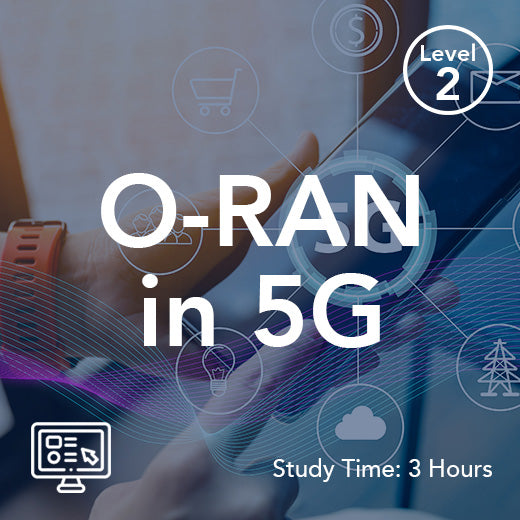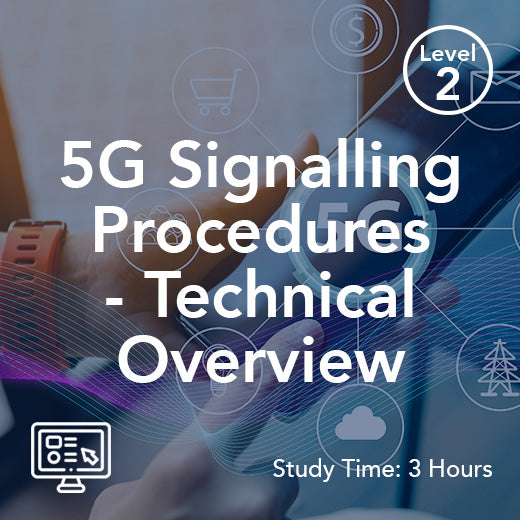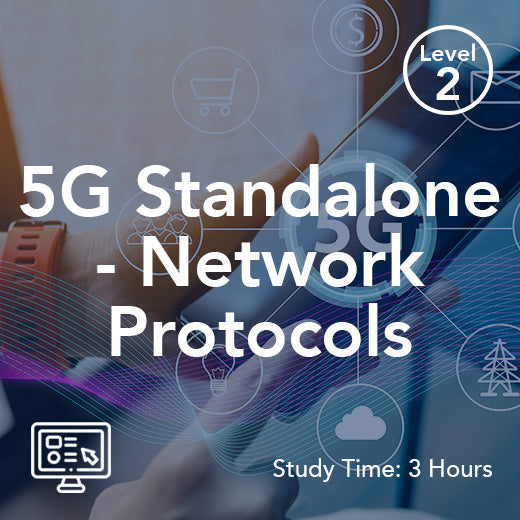Understanding PUSCH in Telecom: A Simple Guide for Everyone
- , by Stephanie Burrell
- 6 min reading time
In the world of telecommunications, understanding the technical jargon can often feel like deciphering a foreign language. One such term that frequently pops up is PUSCH, an essential component that plays a critical role in mobile communication. PUSCH, or Physical Uplink Shared Channel, is a key part of how our devices send data back to the network, ensuring seamless connectivity and communication. This guide aims to demystify PUSCH in telecom, breaking down its function and significance in a way that's accessible to everyone, regardless of their technical background. Join us as we unravel the intricacies of PUSCH, making the complex world of telecom a bit more approachable.
Introduction to PUSCH in Telecom
In telecommunications, the Physical Uplink Shared Channel (PUSCH) is vital for efficient data transmission from user devices to the network. Understanding the parameters of PUSCH is crucial for appreciating its role in maintaining connectivity and enhancing communication quality. This section provides a foundational understanding of PUSCH in telecom, setting the stage for more detailed explorations.
Basics of PUSCH
PUSCH is a resource block, channel used in LTE (Long-Term Evolution) networks. It allows multiple devices to share the same uplink resources, enabling efficient data transmission back to the network. Uplink refers to the process of sending data from a device to the base station or network.
One of the key features of PUSCH is its ability to handle data from different sources simultaneously. This is achieved through a process known as resource allocation and power control , where resources are dynamically assigned to various users based on demand.
Moreover, PUSCH supports different types of data, including voice, text, and multimedia, making it versatile. Its flexibility in handling diverse data types is crucial for the seamless operation of modern mobile networks.
Importance of PUSCH in Telecom
The importance of PUSCH in telecom cannot be overstated. It is the backbone of uplink communication, ensuring data is transmitted efficiently and accurately. By enabling multiple users to share resources through transmit power control , PUSCH optimises network performance.
PUSCH is also vital for maintaining the quality of service (QoS). It ensures that data is transmitted with minimal delays, which is essential for applications such as video calls and online gaming. Without PUSCH and close loop power control , users might experience lag and interruptions.
Furthermore, PUSCH plays a role in reducing network congestion. By distributing resources efficiently, it helps prevent bottlenecks, ensuring a smooth user experience even during peak times.
How PUSCH Works
Understanding the workings of PUSCH is crucial for grasping its role in telecom. This section delves into the information regarding technical aspects of PUSCH, explaining the processes and components that enable its functionality.
Technical Overview
PUSCH operates using several key mechanisms. First, it employs Orthogonal Frequency-Division Multiple Access (OFDMA), which divides the available bandwidth into smaller sub-carriers. This allows for more efficient data transmission.
The process begins when a user device requests uplink resources. The network then allocates these resources based on current demand and channel conditions. This allocation is dynamic, changing as network conditions fluctuate.
Another crucial component of PUSCH is the use of modulation and coding schemes (MCS). These schemes, including the ldpc decoder, determine how data is encoded and transmitted, affecting both speed and reliability. Higher MCS levels offer faster data rates but require better signal conditions.
Key Components Explained
Several components work together to make PUSCH effective. The scheduler is responsible for resource allocation, deciding which users get access to the shared channel at any given time. It considers factors such as user demand and network capacity.
Another essential component is the transmitter, which converts data into signals suitable for transmission over the network. It uses techniques like QPSK (Quadrature Phase Shift Keying) and 16-QAM (16-state Quadrature Amplitude Modulation) to encode data efficiently.
Finally, error correction mechanisms such as Turbo Coding are employed to ensure data integrity. These mechanisms detect and correct errors in the transmitted data, ensuring accuracy and reliability.
PUSCH in Real-World Applications
PUSCH has a significant impact on everyday life, from improving mobile communication to driving advancements in telecom. This section explores its practical applications and the benefits it offers.
Everyday Use Cases
In day-to-day life, PUSCH is behind many communication activities. For example, when making a phone call or sending a text, PUSCH facilitates the data transmission from your device to the network.
Many streaming services also rely on PUSCH for video uploads. When users share videos on social platforms, PUSCH ensures efficient data transfer, maintaining video quality and reducing buffering times.
Moreover, PUSCH supports Internet of Things (IoT) devices. It allows smart gadgets to communicate with central systems, enabling the seamless operation of smart homes and connected cars.
Advancements in Telecom
PUSCH is at the forefront of telecom advancements, enabling faster and more reliable communication technologies. It supports 5G networks, which promise higher data speeds and reduced latency compared to previous generations.
Recent innovations have improved PUSCH's efficiency and capacity. Enhancements in scheduling algorithms and error correction techniques have led to better resource utilisation and more robust connections.
Additionally, PUSCH processes commands and contributes to the development of new services, such as augmented reality (AR) and virtual reality (VR) applications, by providing the necessary network performance and reliability.
Challenges and Solutions
While PUSCH is effective, it faces challenges that can impact its performance. This section discusses common issues faced by operators and offers solutions for overcoming these obstacles.
Common Issues
One of the primary challenges with PUSCH is interference. As multiple users share the same channel, signals can interfere with each other, leading to data loss or errors.
Network congestion is another issue, often occurring during peak usage times. This can slow down data transmission and affect the quality of service.
Moreover, signal degradation due to environmental factors like buildings or weather can impact the effectiveness of PUSCH, resulting in slower data rates or dropped connections.
Overcoming Obstacles
To address these challenges, several solutions have been implemented. Advanced scheduling algorithms help optimise resource allocation, reducing interference and improving data transmission efficiency.
Another effective approach is the use of beamforming techniques, which focus signals in specific directions, enhancing signal quality and reducing interference.
Regular network upgrades and the adoption of new technologies such as Massive MIMO (Multiple Input Multiple Output) help in calculating improvements in PUSCH performance, ensuring better network reliability and user experience.
Future of PUSCH in Telecom
The future of PUSCH in telecom looks promising, with new trends and innovations paving the way for enhanced communication capabilities. This section explores potential developments and their implications.
Emerging Trends
One emerging trend is the integration of artificial intelligence (AI) in PUSCH processes. AI can optimise resource allocation in the spectrum and error correction, leading to improved network efficiency and performance.
Edge computing is another trend impacting PUSCH. By processing data at a specific time instant closer to the source, edge computing reduces latency and enhances real-time communication, benefiting applications like autonomous vehicles and remote surgeries.
The expansion of 5G networks will also influence PUSCH, offering opportunities for increased capacity and faster data rates.
Innovations on the Horizon
Several innovations are on the horizon for PUSCH in telecom. Quantum communication technologies promise ultra-secure and efficient data transmission, potentially transforming uplink communication.
Energy-efficient designs are also being explored, aiming to reduce the power consumption of PUSCH processes, supporting sustainability goals.
Finally, the development of closed loop systems in 6G networks will likely bring new capabilities, with PUSCH playing a crucial role in enabling ultra-reliable and high-speed communication.

































